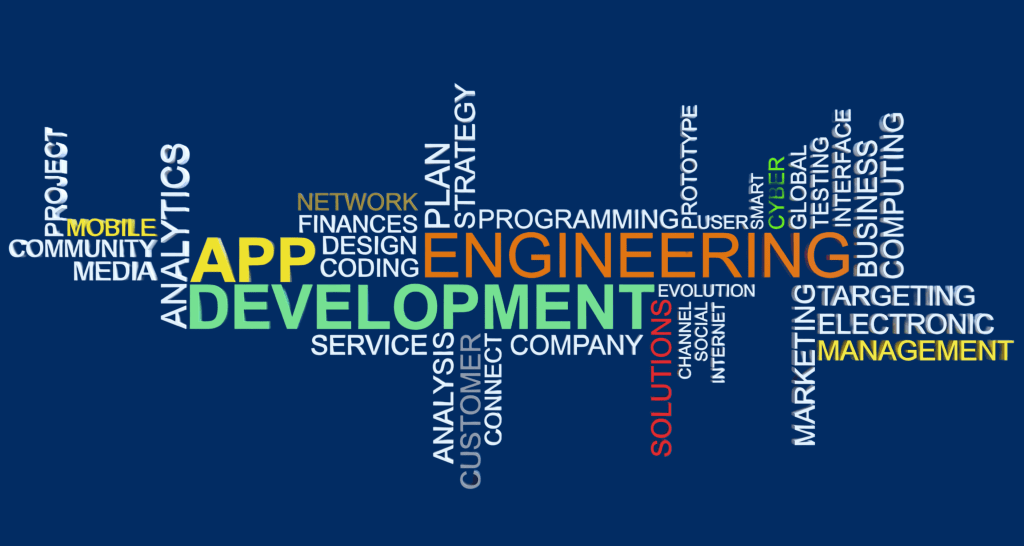
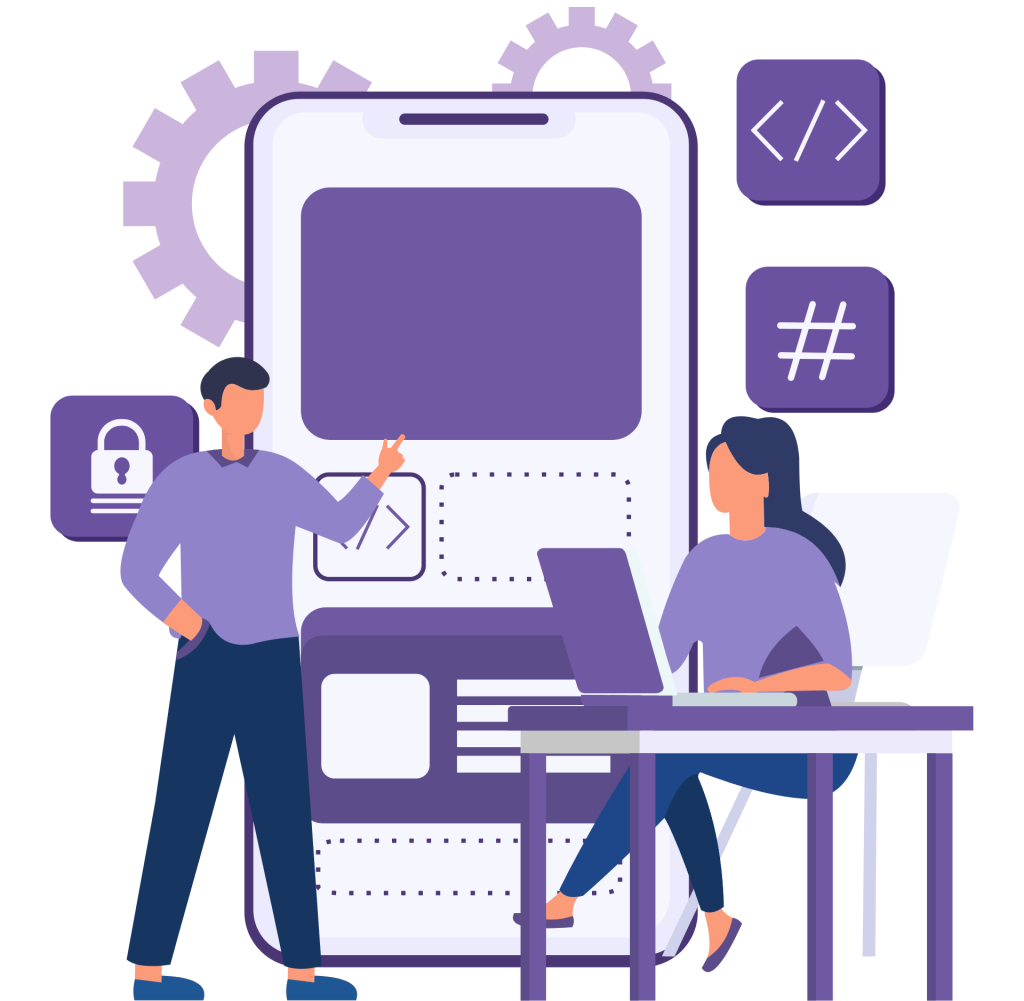
App Development
We Make Perfect Solution in Business
App development refers to the process of designing, building, testing, and deploying applications (apps) for use on mobile devices (iOS, Android) or web-based platforms. It involves several stages, from initial concept and design to coding, testing, and release, and requires collaboration between developers, designers, product managers, and other stakeholders.
App development is a multi-faceted process that requires a combination of creativity, technical expertise, and strategic planning. The goal is to create an application that meets users' needs while being user-friendly, secure, and high-performing. With the right tools and a well-thought-out approach, businesses and developers can create apps that drive value and engagement for users.
Developers and businesses must also stay up to date with ever-evolving technologies and trends to ensure their apps meet user expectations and stand out in a competitive market.
Key Components of App Development
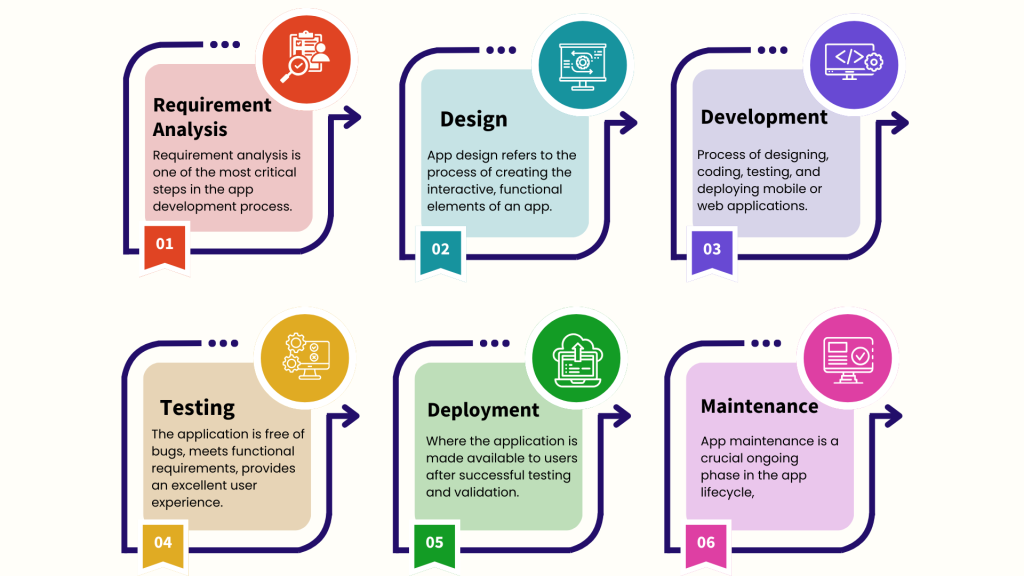
Advantages of Custom Solutions
Choosing custom App Development offers several advantages. First, the app is tailored to your specific business requirements, ensuring that it aligns perfectly with your goals and workflows. This level of customization leads to a more efficient and effective tool. Enhanced user experience is another key benefit, as the app can be optimized for your specific audience, leading to higher engagement and satisfaction.

Tailored to Your Needs

Tailored to Your Needs

Enhanced User Experience
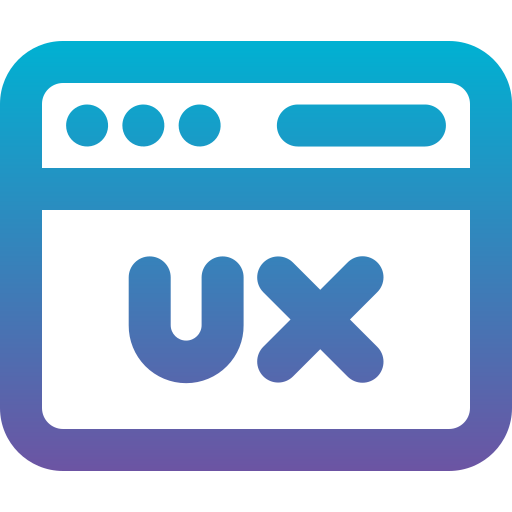
Enhanced User Experience

Scalability
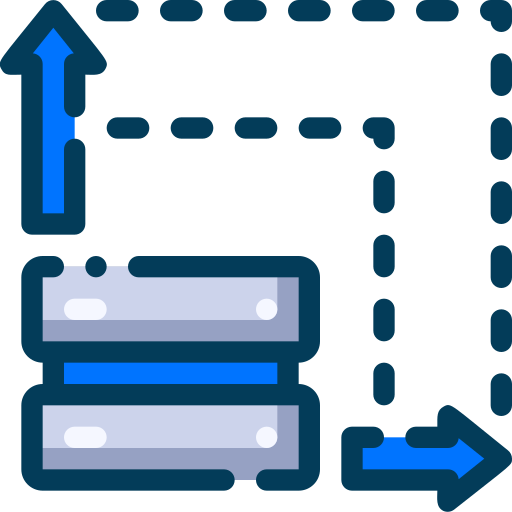
Scalability
Concepting & Strategy

⦁ Ideation and Planning - The app development process is the ideation phase, which involves identifying the app's purpose, target audience, and business objectives. Whether you are building a new app or updating an existing one, it’s essential to clearly define what the app aims to achieve
⦁ UI/UX Design - Design plays a critical role in determining the success of an app. A well-designed app attracts users, provides a seamless experience, and encourages engagement. There are two main components to design: UI (User Interface) and UX (User Experience).
⦁ Enterprise-grade development secures reliability and quality - The creation of robust, scalable, and high-performance software solutions that meet the complex needs of large organizations. These solutions are designed to handle significant user loads, integrate with multiple systems, and ensure the security and reliability of critical business operations
⦁ A proven and tested process guarantees your success - In the world of app development, whether it’s for mobile, web, or enterprise-grade solutions, the key to delivering high-quality, reliable, and scalable applications lies in having a proven and tested development process.
⦁ Start-to-end app development agency - A start-to-end app development agency provides a full spectrum of services that guide businesses through every stage of the app development lifecycle. From initial concept and design to launch and ongoing support, these agencies take responsibility for delivering a seamless, high-quality mobile or web application that meets user expectations, aligns with business goals, and achieves long-term success.
⦁ App Testing - Quality Assurance (QA) teams test the app to identify bugs, glitches, or performance issues. Testing is a critical step to ensure that the app functions correctly across different devices and operating systems.
Our Development Process
Our development process is carefully structured to ensure that your vision is realized effectively. We begin with the discovery phase, where we collaborate with you to define the app’s goals and features. The design phase follows, involving the creation of wireframes and visual designs
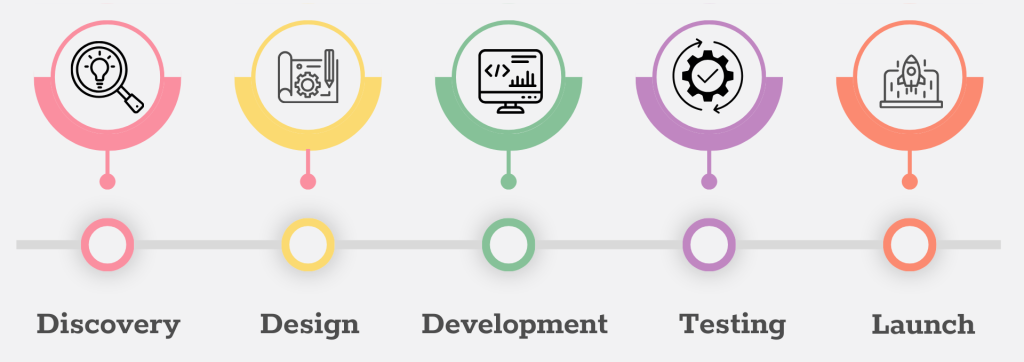
Start-to-End App Development Services
We offer a full suite of custom App Development services designed to bring your ideas to life. Our process begins with a consultation to understand your vision and objectives. Our services focus on creating intuitive and user-friendly interfaces

Ideation and Planning

Ideation and Planning

UI/UX Design
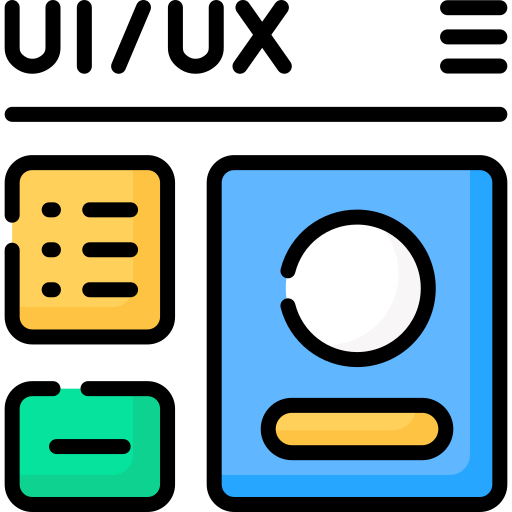
UI/UX Design

Design User Experience
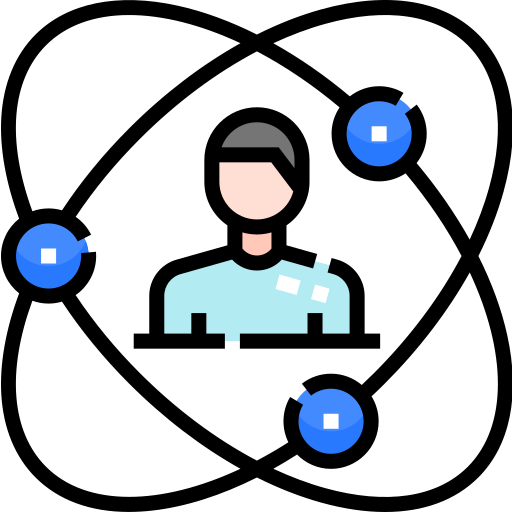
Design User Experience

Maintenance & App Monitoring

Maintenance & App Monitoring

User Definition & User Profiling

User Definition & User Profiling

Graph Assets For App Stores
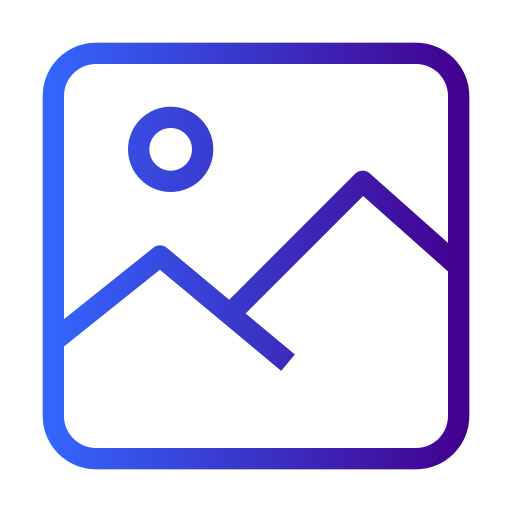
Graph Assets For App Stores

API Development
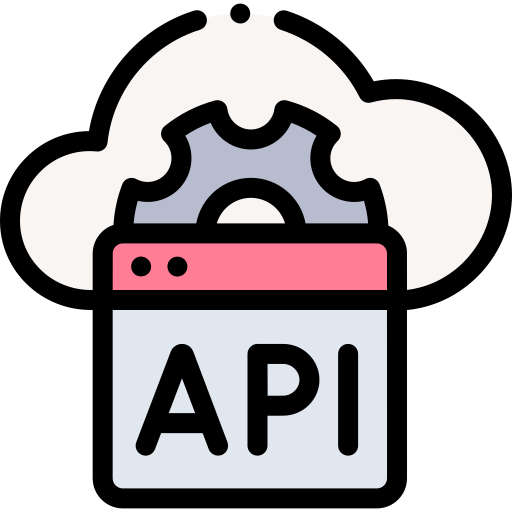
API Development

Database Solution - Mango DB
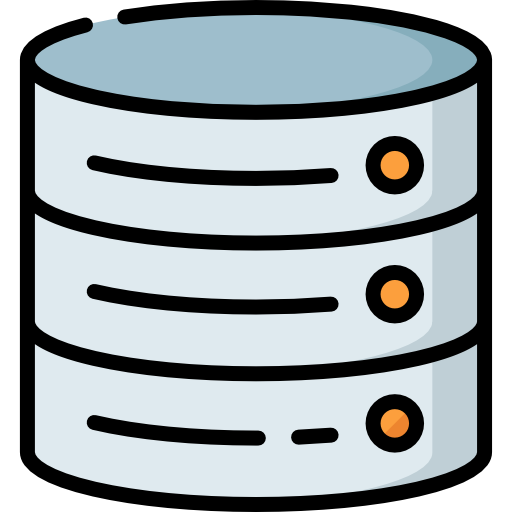
Database Solution - Mango DB

Backend Development
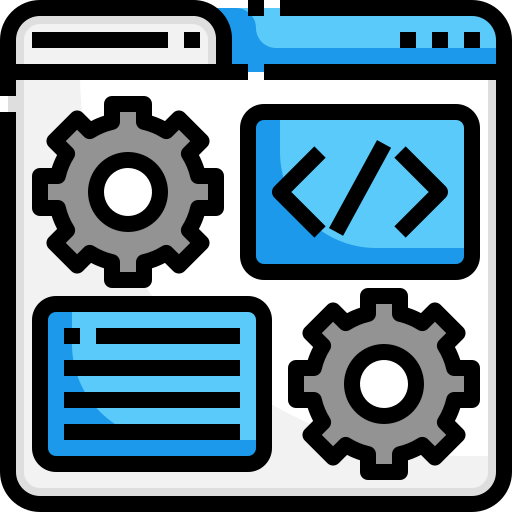
Backend Development

Mobile App Development
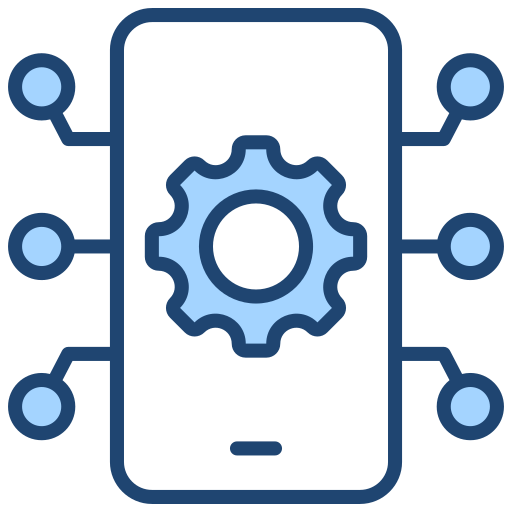
Mobile App Development

Deployment and Launch

Deployment and Launch
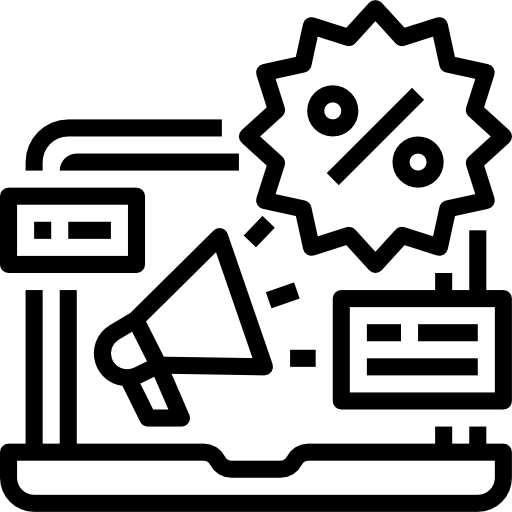
Marketing and Monetization
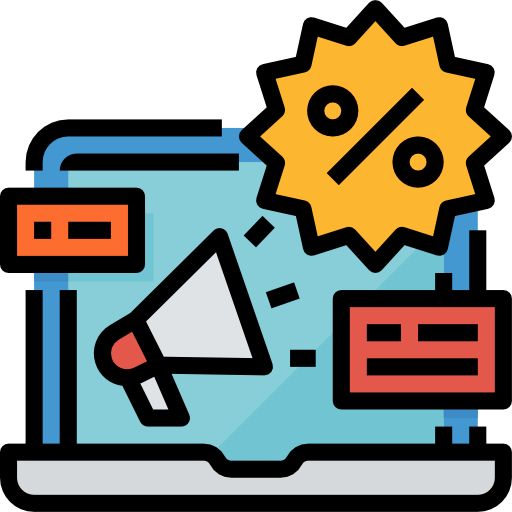
Marketing and Monetization


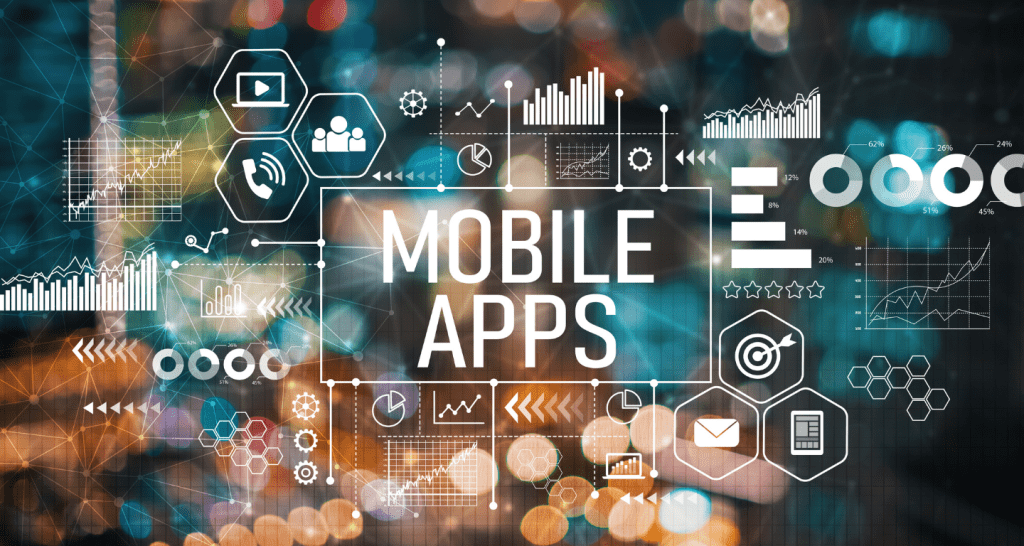
Tools & Technologies of App Development
Programming Languages
⦁ Swift: A powerful and intuitive language for iOS, macOS, watchOS, and tvOS apps. It's widely used for building high-performance native apps for Apple devices.
⦁ Objective-C: An older language used for iOS and macOS development. It is still in use, especially for maintaining legacy code.
⦁ Java: Historically used for Android app development, though it's being replaced by Kotlin. It's also used in server-side app development.
⦁ C#: Used with the Xamarin framework to create apps for iOS, Android, and Windows with a single codebase.
⦁ Kotlin: A modern, more concise, and safer alternative to Java for Android development. It's now the preferred language for Android apps.
⦁ Dart: Used with the Flutter framework for cross-platform mobile development, Dart offers high performance and easy code sharing between platforms.
⦁ JavaScript: A core language for web and hybrid mobile apps. It's used with frameworks like React Native for building cross-platform apps.

Integrated Development Environments (IDEs)
⦁ Xcode: Apple's official IDE for iOS, macOS, watchOS, and tvOS app development. It supports Swift and Objective-C.
⦁ Android Studio: The official IDE for Android app development, supporting Java and Kotlin. It offers tools for code editing, debugging, and UI design.
⦁ Visual Studio: Used for C# development and supporting Xamarin for cross-platform mobile apps.
⦁ IntelliJ IDEA: A versatile IDE with support for Java, Kotlin, and many other languages, used for Android development.
⦁ Eclipse: An older IDE for Android development (before Android Studio) and supports Java-based development.
⦁ VS Code: A lightweight editor that supports web and hybrid app development with JavaScript/TypeScript and various frameworks.
Frameworks & Libraries
⦁ React Native: A popular JavaScript framework that allows developers to build mobile apps for iOS and Android using a single codebase.
⦁ Flutter: A UI toolkit developed by Google that uses Dart to create natively compiled applications for mobile, web, and desktop from a single codebase.
⦁ Xamarin: A Microsoft framework that enables developers to use C# and the .NET framework to build apps for iOS, Android, and Windows.
⦁ Ionic: A hybrid mobile app framework that uses web technologies like HTML, CSS, and JavaScript to create mobile apps, which are then packaged into native wrappers.
⦁ Apache Cordova (PhoneGap): A framework for building hybrid mobile apps using HTML, CSS, and JavaScript, which can be wrapped into native containers.
⦁ Vue.js / Angular / React: Popular JavaScript frameworks and libraries used for building web applications, and also for progressive web apps (PWAs).
Backend Technologies
⦁ Node.js: A runtime environment for running JavaScript on the server side, commonly used in mobile app backend development for APIs.
⦁ Django: A Python-based web framework that can be used to build backend services for mobile apps.
⦁ Ruby on Rails: A full-stack web application framework written in Ruby, used to develop backends for mobile apps.
⦁ Spring Boot: A Java-based framework used for building enterprise-level backend services.
⦁ MySQL / PostgreSQL: Relational databases used in backend development to store structured data for mobile apps.
⦁ Firebase: A Google platform providing backend-as-a-service (BaaS) with services like real-time databases, authentication, cloud storage, and hosting, commonly used for mobile apps.
⦁ AWS (Amazon Web Services): A comprehensive suite of cloud services, including compute, storage, and database solutions, used to support mobile app backends.
⦁ Microsoft Azure: A cloud platform similar to AWS, providing services for app hosting, databases, and APIs.
⦁ MongoDB: A NoSQL database often used in mobile app backends for storing user data and app-related information.
Cloud Services & APIs
⦁ AWS Lambda: A serverless computing service that can run backend functions in response to events, often used in mobile app backends.
⦁ REST APIs: Standardized protocols for communication between mobile apps and backend services using HTTP.
⦁ Stripe: A popular API for integrating payment processing into mobile apps.
⦁ GraphQL: An alternative to REST APIs, providing a more flexible and efficient way to query data from mobile app backends.
⦁ Twilio: Provides APIs for adding communication features like SMS, voice, and video calling to mobile apps.
DevOps Tools
Version Control Systems (VCS)
Version control systems track and manage changes to source code, helping teams collaborate and maintain history of code changes.
⦁ Git: A distributed version control system. Git tracks code changes, handles branching, and merges, making it the most popular VCS.
⦁ GitHub: A cloud-based platform for hosting Git repositories. It offers features for collaborative development, pull requests, code reviews, and integrations with CI/CD tools.
Continuous Integration and Continuous Deployment (CI/CD) Tools
CI/CD tools automate the integration, testing, and deployment of code, ensuring faster and more reliable releases.
⦁ Jenkins: An open-source automation server, widely used for continuous integration (CI) and continuous delivery (CD). Jenkins supports a wide range of plugins for integration with other tools.
⦁ Azure DevOps: A suite of development tools from Microsoft that includes Azure Pipelines for CI/CD, along with Git repositories, project tracking, and release management.
⦁ Travis CI: A cloud-based CI/CD tool that integrates with GitHub, automating build, test, and deployment workflows.
Containerization and Orchestration Tools
Containerization tools package applications and their dependencies into containers, while orchestration tools manage the deployment, scaling, and management of these containers.
⦁ Docker: A platform that uses containers to package applications and their dependencies, ensuring consistent performance across different environments (development, testing, production).
⦁ Kubernetes: An open-source container orchestration tool used to automate the deployment, scaling, and management of containerized applications. It helps with clustering, load balancing, and rolling updates.
⦁ Docker Swarm: A native clustering tool for Docker, providing a simple way to deploy and manage Docker containers across multiple hosts.workflows.
⦁ OpenShift: A Kubernetes-based container orchestration platform developed by Red Hat, with additional developer-focused tools and features for scaling and securing containers.
⦁ Helm: A package manager for Kubernetes, simplifying the deployment and management of Kubernetes applications by defining application components in "charts."
Database
Databases are essential in any app development process as they handle the storage and management of data, allowing apps to function dynamically..
⦁ Firebase (Firestore and Realtime Database) Firebase is ideal for mobile apps and real-time applications, especially those requiring real-time data synchronization and offline capabilities. It provides an easy-to-use backend-as-a-service (BaaS).
⦁ MySQL is a well-established relational database for applications with structured data that require complex querying, transactions, and high data consistency.
⦁ PostgreSQL is a powerful relational database that supports advanced queries, extensibility, and complex data types, making it a strong choice for applications with complex data and transactional integrity needs.
⦁ MongoDB is a flexible, scalable NoSQL database suitable for real-time applications, big data, and applications that require schema-less data or rapid iteration of data structures.
Development Models
Waterfall Model
The Waterfall Model is one of the earliest and most straightforward software development methodologies. It follows a linear and sequential approach, where the project progresses through distinct phases in a set order, much like water cascading down a waterfall.
⦁ Requirement Gathering and Analysis - In this phase, the requirements of the system are gathered from stakeholders and customers. Detailed documentation is created to specify the system's functionality, which serves as a foundation for the rest of the development process.
⦁ System Design - After the requirements are gathered and understood, system and software design takes place. The design phase involves creating architecture, technical specifications, and choosing technologies that will be used to build the system.
⦁ Implementation (Coding) - In this phase, actual coding is done based on the design documents created earlier. The development team translates the system's design into the actual software code.
⦁ Integration and Testing (Verification) - After development, the system is tested to ensure that it meets the original requirements and works as expected. This phase includes both functional testing (does it do what it’s supposed to?) and non-functional testing (such as performance and security).
⦁Deployment (Implementation) - Once the system has been tested, it is deployed for the end-users. This phase can include installation, configuration, and ensuring that the system works in the production environment.
⦁ Maintenance - After deployment, the system enters the maintenance phase. During this phase, issues or bugs that arise during the operation of the system are fixed. There may also be updates or enhancements to the system.
Agile Development Model
The Agile Model is a popular and flexible approach to software development that focuses on iterative development, collaboration, and adaptability. Unlike traditional models like Waterfall, where the project follows a linear and sequential process, Agile promotes a more dynamic and collaborative environment where teams work in short, iterative cycles to deliver smaller pieces of functionality, allowing for frequent feedback and continuous improvement.
⦁ Iterative and Incremental - Agile projects are divided into iterations (often called sprints), which typically last 1-4 weeks. Each sprint produces a small, functional piece of the overall product. This allows for ongoing refinement based on feedback from the client or stakeholders.
⦁ Customer Collaboration - Agile encourages frequent communication and collaboration with the customer throughout the development process. The customer provides feedback at the end of each sprint, ensuring that the product meets their needs.
⦁ Flexibility and Adaptability - The Agile model thrives in environments where change is expected. Requirements, designs, and solutions evolve as the project progresses based on regular feedback.
⦁ Team Collaboration and Communication - Agile teams are typically small, self-organizing, and cross-functional. Collaboration is a key element, and team members communicate daily to ensure everyone is aligned and progress is on track.
⦁ Focus on Working Software - The primary goal is to develop working software that can be delivered early and often, rather than focusing on comprehensive documentation.
⦁ Continuous Improvement - At the end of each sprint, the team reflects on what went well and what could be improved, promoting ongoing learning and optimization.
DevOps
DevOps is a set of practices, principles, and cultural philosophies that aim to enhance collaboration and communication between software development (Dev) and IT operations (Ops) teams. The goal of DevOps is to shorten the software development lifecycle, improve software quality, and facilitate faster and more reliable delivery of software. By automating and streamlining the processes involved in software development, deployment, and operations, DevOps aims to reduce manual work, eliminate bottlenecks, and enable continuous integration and continuous delivery (CI/CD).
⦁ Collaboration and Communication - One of the core principles of DevOps is breaking down silos between development and operations teams. Instead of having isolated teams working independently, DevOps fosters an environment where everyone collaborates closely, leading to shared goals and faster problem resolution.
⦁ Continuous Integration and Continuous Delivery (CI/CD) - Continuous Integration (CI) is the practice of frequently integrating code changes into a shared repository, ensuring that the codebase remains in a deployable state.
Continuous Delivery (CD) takes CI one step further by automatically deploying the integrated code to staging or production environments, making it ready for immediate release.
⦁ Monitoring and Feedback - DevOps emphasizes constant monitoring of applications and infrastructure to detect issues before they impact the user experience. Real-time feedback helps teams make proactive improvements and identify performance bottlenecks.
⦁ Security (DevSecOps) - Security is integrated into the DevOps process, with practices that involve testing for vulnerabilities and securing the codebase throughout the development lifecycle. This is often referred to as DevSecOps, which aims to ensure that security is not an afterthought but part of the development process.
⦁Infrastructure as Code (IaC) - Infrastructure as Code refers to managing and provisioning infrastructure using code and automation tools rather than manual processes. This allows for more consistency and repeatability, making infrastructure setup easier and faster.
